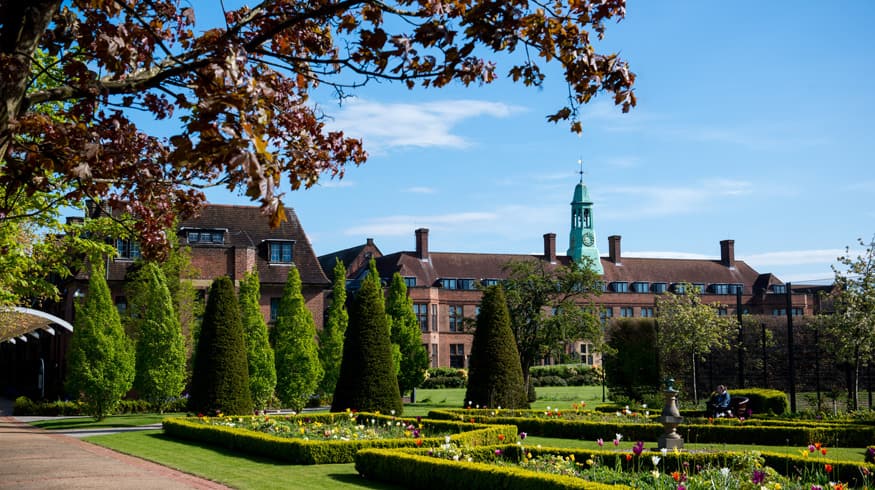
The Kimpton Maintenance Team completed a boiler room replacement project in Liverpool and it’s a little different to most of the many thousands we have completed before.
The Frances Mary Lescher Building (FML) within the Hope Park campus is the centre of the academic, administrative and conference activity of the University. There are the campus shops, several places to eat, the Students’ Union office and bar. It’s a prime location and very much at the heart of university life. It is also home to 532 first-year undergraduates’ student rooms. Amongst these are Angela and Austin Halls which are two of the more established halls of residence. So when there is a problem in the boiler room, it’s critical that the problem is resolved quickly and permanently.
The FML Building has a main boiler plant which serves the whole of FML and heating to other surrounding satellite buildings. The system feeds a local common header system within the satellite buildings that in turn heats the radiators and supplies the hot water via a large domestic calorifier. During the daytime period, there was no visible issue, but overnight, when the system was cool and the demand was low, water was pouring back into the boiler room. There were no visible leaks within the boiler room, yet every night fresh water appeared.
After an overnight stay by one of the Hope Estates team, the issue was traced back to a leaking satellite supply heating pipe, hidden within the pipe duct under the beautiful parquet floor of the café. It was almost impossible to get access to and would have caused massive disruption to the site, leaving them with no catering facilities. To compound the issue, the age of the building meant that no usable drawings existed to allow the team to trace the route and find the source of the leak easily. The leaking pipework initially was thought to only feed Angela Hall.
The first solution was to fabricate new 80mm satellite pipework that ran across the roof of the FML building to feed Angela Hall. You can see them here in their red oxide finish and then later when they were fully insulated. This solved the leak, but after further extensive surveys/testing Austin Hall was left with no heating. Logic says that a new run of pipework across the rest of the building would have allowed it to continue to be fed by the main FML system. Cost, however, said otherwise. Fabricating and installing parallel pipes over 40m long does not come cheap, so we looked for an alternative.
Sensibly, when we were working on the site some 6-7 years ago, we extended the gas supply to reach the far side of Austin that enabled us to deliver a far simpler solution.
With any boiler room replacement project there are multiple considerations. After cost and the potential cost of disruption was taken into account it was agreed that the way forward, was to create a new and highly efficient boiler room within Austin Hall’s exiting calorifier. As an interim solution, a mobile plant room was delivered and connected into the existing pipework to allow us to install the new boilers, prior to connection.
The previous system was tank fed, but as this one was now independent of the FML heating system it needed to be pressurised. So, one of the final additions prior to completion was the installation of a pressurisation unit, expansion vessel and dirt/separator. These should ensure trouble-free running for many years.
Overall, there were some challenges and some well thought through solutions by the Kimpton Maintenance team on site and supported by the design team. For Campus life, there was almost no disruption as the Austin & Angela Halls were only without heat for one single eight hour period whilst the heating system was isolated for the switch and final pipework connections to be installed.
If you would like to discuss any of our services, please call 0151 343 1963 or complete the form below and we will be in touch shortly.